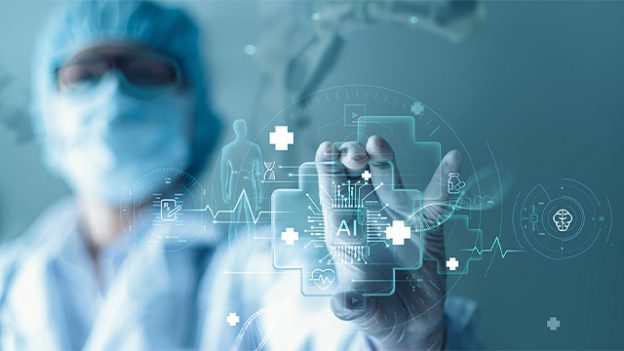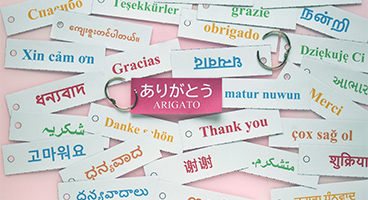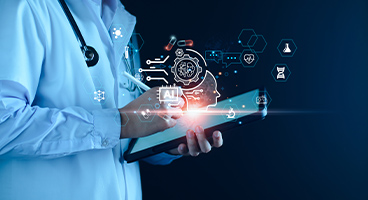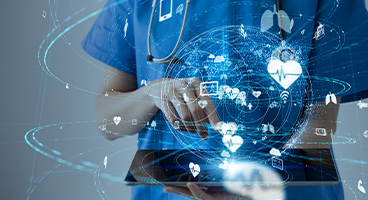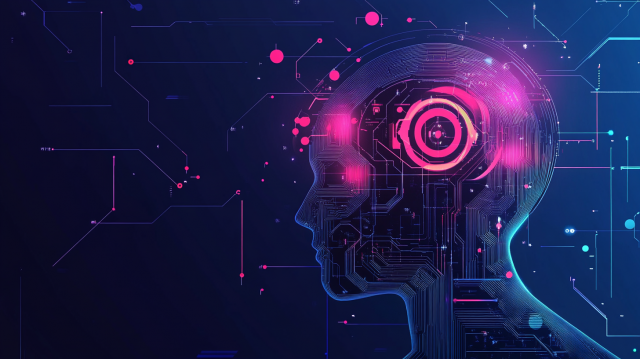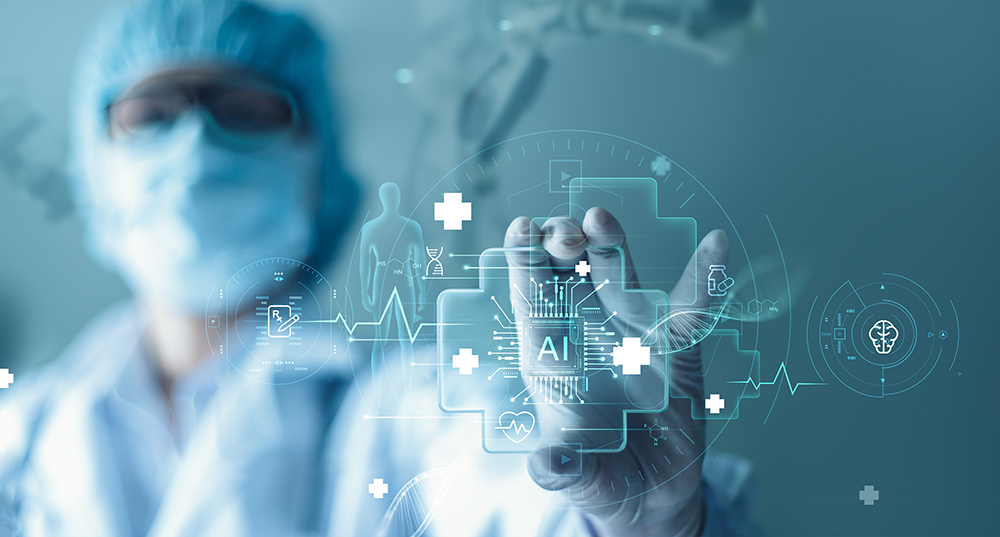
Can we utilize AI to translate highly specialized medical content? This blog will discuss how to do that.
- Table of Contents
-
- 1. The Background and Benefits of AI in Medical Translation
- 1-1. The Background of AI Utilization in Medical Translation
- 1-2. Benefits of Using AI in Medical Translation
- 2. Rule-based and Statistical Machine Translation and Neural Machine Translation
- 2-1. Rule-Based and Statistical Translation
- 2-2. Neural Machine Translation
- 2-3. Differences Between Rule-Based/Statistical Machine Translation and Neural Machine Translation
- 3. Utilizing AI tools for translation-related tasks
- 4. Considerations When Incorporating AI Translation in Medical Translation
- 5. Human Science's Commitment to AI Translation
- 6. Leave AI-powered translation to Human Science
1. The Background and Benefits of AI in Medical Translation

In the past, it was widely believed that medical translation, due to its high level of specialization, was not suited for the use of AI or machine translation. However, with recent advancements in AI, there is increasing attention on AI and machine translation in areas where there is a demand for medical translation.
1-1. The Background of AI Utilization in Medical Translation
The rapid advancement of clinical trials for pharmaceuticals, reporting of adverse events, and the creation of medical device regulatory documentation and instruction manuals is required.
Additionally, cost reduction is also important in the medical industry, without exception.
Originally, AI translation was highly compatible with time reduction and cost savings, but in recent years, it has been gaining attention due to improvements in accuracy.
1-2. Benefits of Using AI in Medical Translation
In addition to the benefits of time reduction and cost savings mentioned above, by using ChatGPT for translation without going through a dedicated machine translation engine, you can achieve results with a certain level of accuracy. Moreover, depending on the creativity of the prompts, there are advantages in utilizing it for surrounding tasks such as creating glossaries and detecting errors like typos and omissions in the text.
The significance of using AI in medical translation is becoming increasingly important.
2. Rule-based and Statistical Machine Translation and Neural Machine Translation
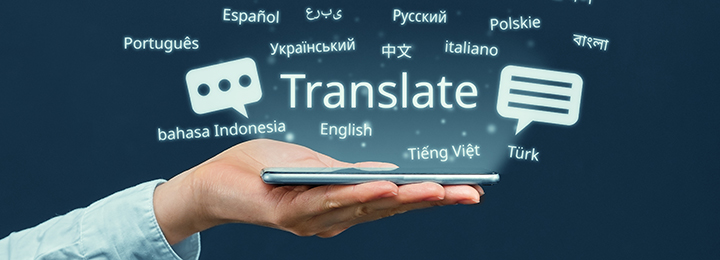
Machine translation includes rule-based/statistical machine translation and neural machine translation, each with its own characteristics.
2-1. Rule-Based and Statistical Machine Translation
Machine translation based on rules and statistical algorithms essentially performs a simple conversion between languages based on past translation data, vocabulary, and grammatical rules. While it is characterized by rule-based and data-driven processing, it faces challenges such as difficulty in appropriately reflecting nuances of meaning and context, and generating natural sentences.
2-2. Neural Machine Translation
Neural Machine Translation (NMT) utilizes artificial intelligence, particularly deep learning technology, to provide more natural and contextually appropriate translations. By using neural networks, it learns patterns and relationships from large amounts of data, deepening the understanding of language. This method allows for a more accurate grasp of context and enables flexible transformations of vocabulary and structure.
By employing deep learning, it achieves natural translations that consider context and nuance, making it easier to generate more accurate and natural expressions.
2-3. Differences Between Rule-Based/Statistical Machine Translation and Neural Machine Translation
Rule-based and statistical machine translation relies on traditional algorithms, which can result in literal translations that are difficult to understand, although they may provide accurate translations for specialized terminology.
On the other hand, neural machine translation utilizes deep learning to more accurately reflect context and meaning, providing a more advanced form of machine translation that offers natural translations.
There are many websites and blogs that explain AI translation and machine translation, but at Human Science, we also provide detailed explanations about AI translation and machine translation in the following blog. Please take a look.
[Updated for 2025!] 5 AI Translation Tools - A Comparison of Features!
3. Utilize AI tools for translation-related tasks
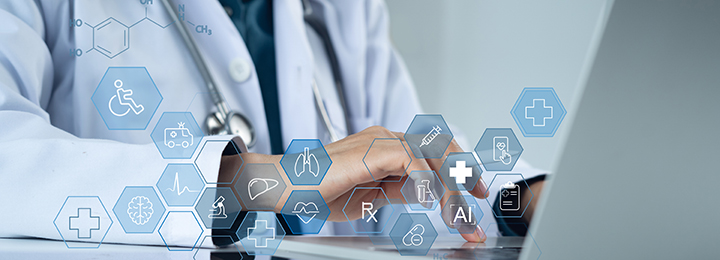
As mentioned earlier, ChatGPT can quickly create glossaries and detect errors in text depending on the ingenuity of the prompts. This greatly contributes to reducing translation costs and improving quality.
From this, the development and utilization of a check tool based on ChatGPT can be considered.
4. Considerations When Incorporating AI Translation in Medical Translation

In medical translation, it is necessary to accurately translate complex and specialized expressions unique to advanced documents (such as clinical trial documents, case reports, and medical device manuals) as well as technical terms like disease names and adverse event names.
It goes without saying that whether it is rule-based, statistical-based translation, or neural machine translation, the translation engine does not have the intention to "maintain the style of clinical trial documents" or "translate adverse event names according to MedDRA"; rather, it is simply that the probability of obtaining correct translations has increased due to improved accuracy of machine processing (it is possible to further enhance accuracy by applying glossaries, etc.).
Additionally, in sentences with complex syntax or frequent use of quotation marks and parentheses, the probability of mistranslation also increases.
In medical translation, where high accuracy is required, post-editing after machine translation is essential. In some cases, human translation may be more appropriate. On the other hand, for internal documents or those that do not require high accuracy, it may be considered to minimize post-editing.
Thus, it is necessary to effectively differentiate between AI translation and human translation.
5. Human Science's Commitment to AI Translation

At Human Science, we provide services utilizing machine translation and AI translation for translation requests from our clients.
In addition, we offer an automatic translation software called "MTrans for Office" that utilizes translation engines from DeepL, Google, Microsoft, and OpenAI. OpenAI can not only translate but also generate and rewrite text, and proofread depending on the prompts, supporting business efficiency and multilingual support. We are also working on the development of AI-based check tools for in-house translation tasks and improving the efficiency of translation-related tasks using ChatGPT. For more information on improving the efficiency of translation-related tasks using ChatGPT, please check out the blog below.
6. Leave AI-powered translation to Human Science
Human Science is well-known for its efficiency in translation work using machine translation and translation support tools.
We also offer human translation services and post-editing services. By utilizing translation support (CAT) tools such as Trados and automatic translation tools, we strive to improve translation efficiency and quality, contributing to our clients' further development.
Please try Human Science's medical translation, which has a high level of expertise in both document technology and medical science. If you have any concerns or interests, please feel free to contact us.

